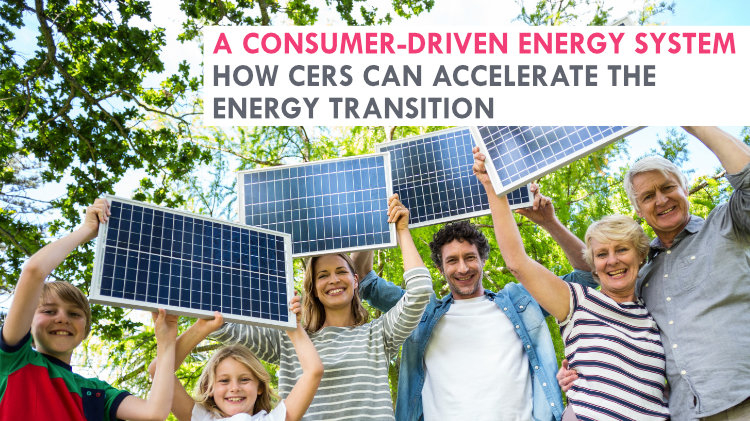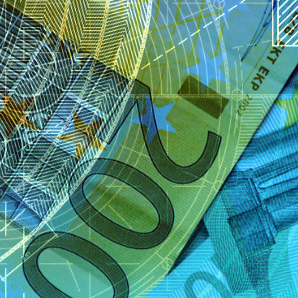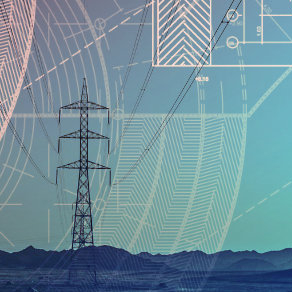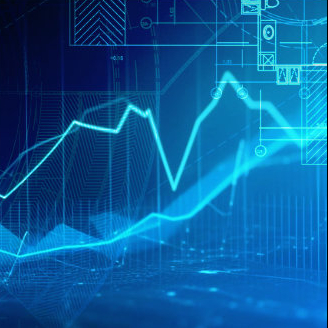
As the power sector makes a transition to clean energy, diverse technologies enable a new breed of consumers, who can become proactive and take control of their own energy generation and consumption through their own devices. These assets, commonly referred to as distributed energy resources (DERs), are becoming increasingly widespread and are disrupting the industry.
In a 2022 report, the International Energy Agency defined DERs as “small-scale energy resources usually situated near sites of electricity use, such as rooftop solar panels and battery storage.” Unfortunately, the term is still vague; definitions vary, regarding both medium-sized assets and the extent to which flexible consuming devices or demand-side management are included.
When the primary purpose of these behind-the-meter generation, consumption and storage assets is not to offer services to the energy system but rather to serve the consumption of their owner, e.g. by heating homes or providing transportation, instead of DERs you can refer to them as CERs, short for consumer energy resources. After all, you can argue that anyone with, say, a photovoltaic system is likely to think of it as something they own as a consumer rather than as something ‘distributed’ - a word that makes little sense from their perspective.
Consumers save the day
However, since CERs are connected to low-voltage distribution networks and can be controlled remotely, they can make a major contribution to grid flexibility. CERs, then, are all those smaller-scale smart, connected consumer-owned devices that deliver flexibility to the energy system as a by-product, notably rooftop solar and battery storage, but also electric vehicles, heat pumps and modern white goods.
In the past, generation had to be flexible to meet consumption, but today it’s the other way around: renewable generation is much less flexible than conventional power plants, but consumption is now more flexible and so can easily compensate for changes in generation. However, even when we use these assets for grid services, we must minimize how much consumers need to change their behavior or how much, if any, comfort they need to sacrifice. A well-optimized system should squeeze maximum flexibility out of CERs with minimal impact to the consumer. Because it’s consumers that the future energy system must center around. In this way they become much more than consumers: they are in a position to help drive the energy transition.
The electrification of heating and transportation is gaining traction. Initial figures of the European Heat Pump Association show that the number of heat pumps installed in 2022 grew by 38% year on year, and are expected to more than triple by 2030. Meanwhile EV sales set new records; though last year their total market share only rose by 3%, by 2030 the total European EV fleet (depending on the scenario) is expected to increase anywhere from six to 13 times. Given these growths, demand for energy will also rise, as will the number of consumer-owned devices that could be controlled remotely. And while most people see their electric car, heating system and smart fridge in terms of functionality - getting them from A to B, keeping their home warm and their food fresh - not so much as energy resources, that’s what they are. They can be turned on or off, up or down to support the grid, and as such, can become an essential part of the system. But we still have a lot of work to do to make that happen.
Connecting CERs to energy markets
When it comes to participating in energy markets, CERs struggle, mostly due to the challenges that market access and coordination present. High transaction costs, barriers to market entry, the limited value of individual services, restricted access to information, and a lack of coordination persist, making integration difficult. Also, the uptake in consumer devices is beginning to outstrip the ability of the energy system to accommodate these resources. A reason why distributed flexibility markets are finding it hard to keep up is that market players often try to shoehorn CERs into legacy market designs, simply adding new requirements and services. What we need instead are smart, digitalized markets that can signal behind-the-meter devices to adjust their behavior within limits agreed upon by the device’s owner.
This way, we can unlock the considerable potential that lies in CERs - managing the balance of electricity supply and demand, supporting local energy grids, and helping to operate the energy system - in a way that provides financial incentives to the consumers who own these devices while minimizing their inconvenience. In this way, we can truly put consumers at the center of the energy system.
Clean energy technologies are reshaping the energy landscape, and given the massive growth in renewables, EU energy targets such as achieving a 42.5% share of renewables in the bloc’s energy consumption by 2030 now seem very much attainable; indeed, some experts are even suggesting that 50% is in reach. There is no stopping the transformation of the energy system, and whether it’s within the current market design or a new, dedicated one that enables decentralized flexibility, consumer devices are set to become an invaluable asset.




